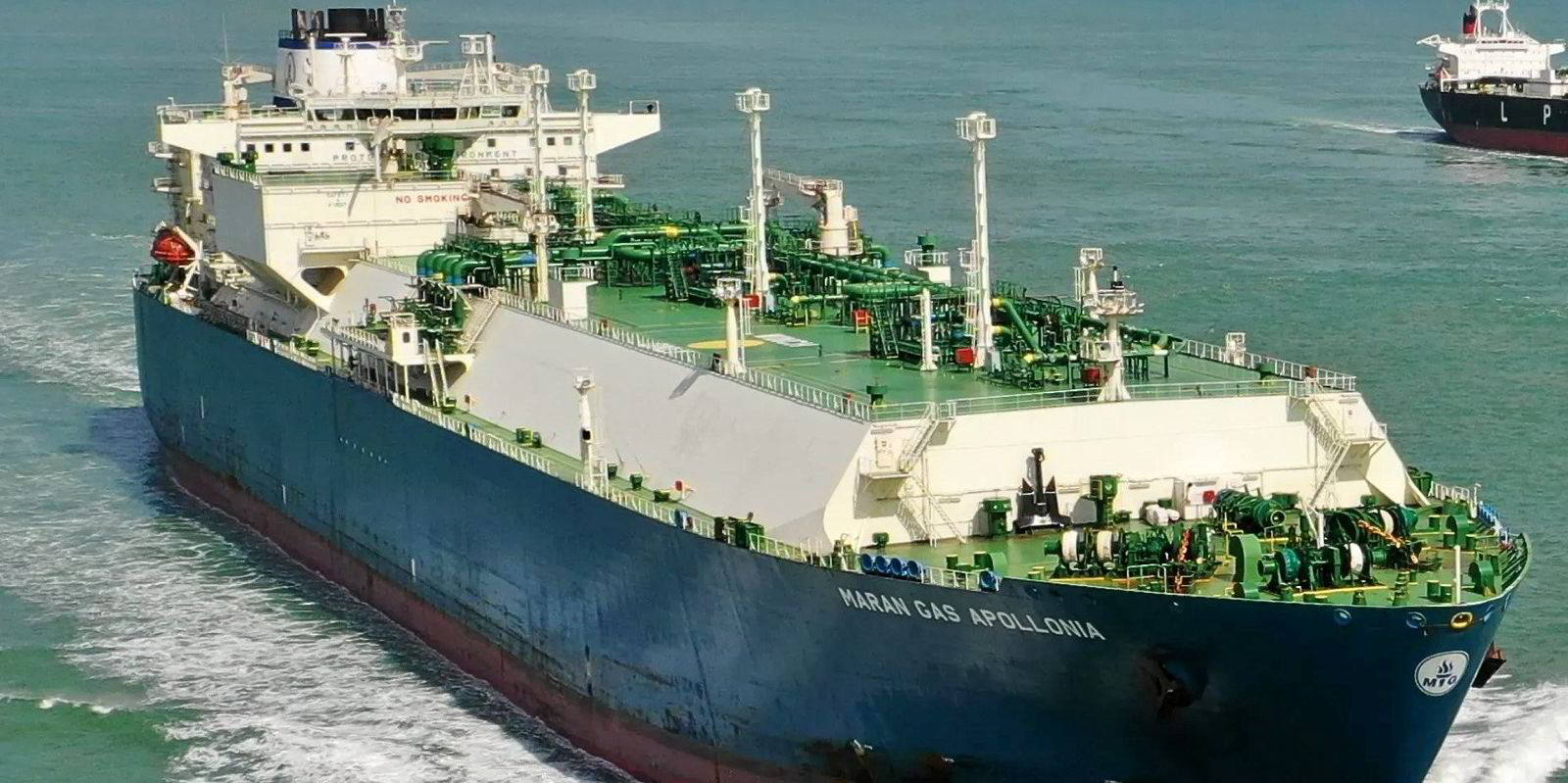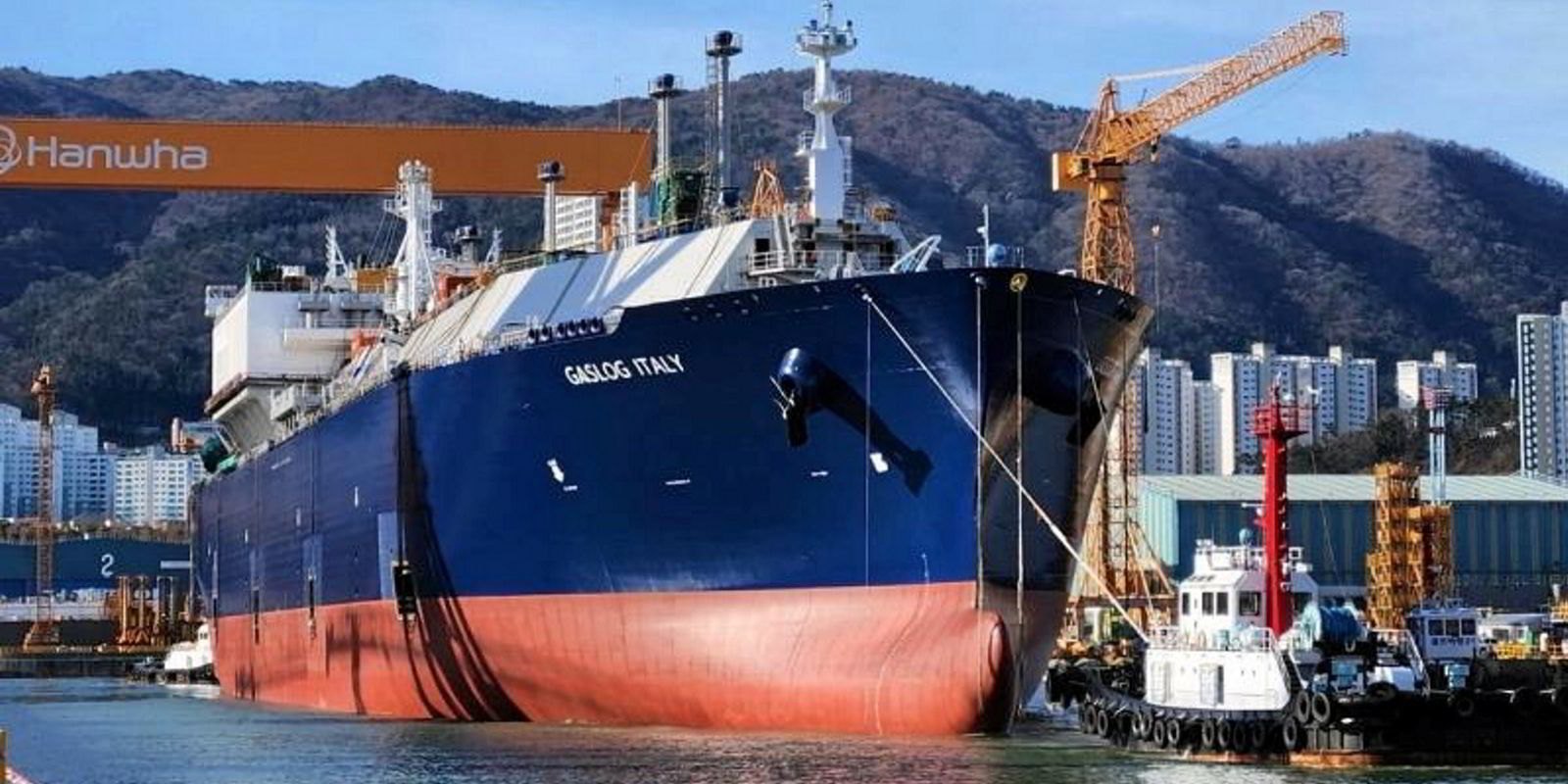Inspection intervals for LNG carrier membrane-type cargo tanks could be doubled with the use of monitoring technology and predictive maintenance, according to a new study undertaken by tank designer GTT, classification society Lloyd’s Register and energy major Shell.
GTT said the project group conducted a thorough analysis of LNG tanks. It looked at related system design and operations and considered potential “damage mechanisms”, their consequences and the ability to detect these.
Currently, under the International Gas Carriers Code’s and International Association of Classification Societies’ rules, LNG carrier cargo tanks need to be inspected every five years.
The joint study explored whether this interval could be extended by adding an alternative survey plan for individual vessels, which would consider factors such as a ship’s age and dry-docking history under each LNG carrier’s risk profile.
GTT said this approach has already been adopted for some floating storage and regasification units which may need to remain on-site and not make such regular dry-dockings with tank inspections conducted on-site.
The joint project concluded that the inspection period extension is possible with little adaptation of the design along with adequate monitoring of the cargo tank and ship-specific hazard and operability or HAZOP study.
GTT explained that the aim behind the study is to investigate — on a step-by-step basis — whether the inspection period can be extended by an extra 2.5 years, with the ambition to push this out further to 7.5 and then 10 years.
Cargo tank sloshing is one of the main causes of damage to the inside of tanks and equipment but this can often go undetected until found during visual inspections.
GTT talked up its subsidiary Ascenz Marorka’s sloshing virtual sensor technology which has already been adopted by some shipowners, that enables the assessment and monitoring of sloshing activity using real-time data.
Ascenz Marorka managing director Anouar Kiassi said: “This study, jointly conducted with industry leaders, is an important milestone in our ongoing efforts to improve LNG carrier design and operations. We believe that this solution has the potential to become an industry standard in the years to come.”
Lloyd’s Register chief commercial officer Andy McKeran said the application meets “the highest safety standards of the industry” and provides “a solution that improves fleet operations and availability in a world where energy security is of paramount importance”.





